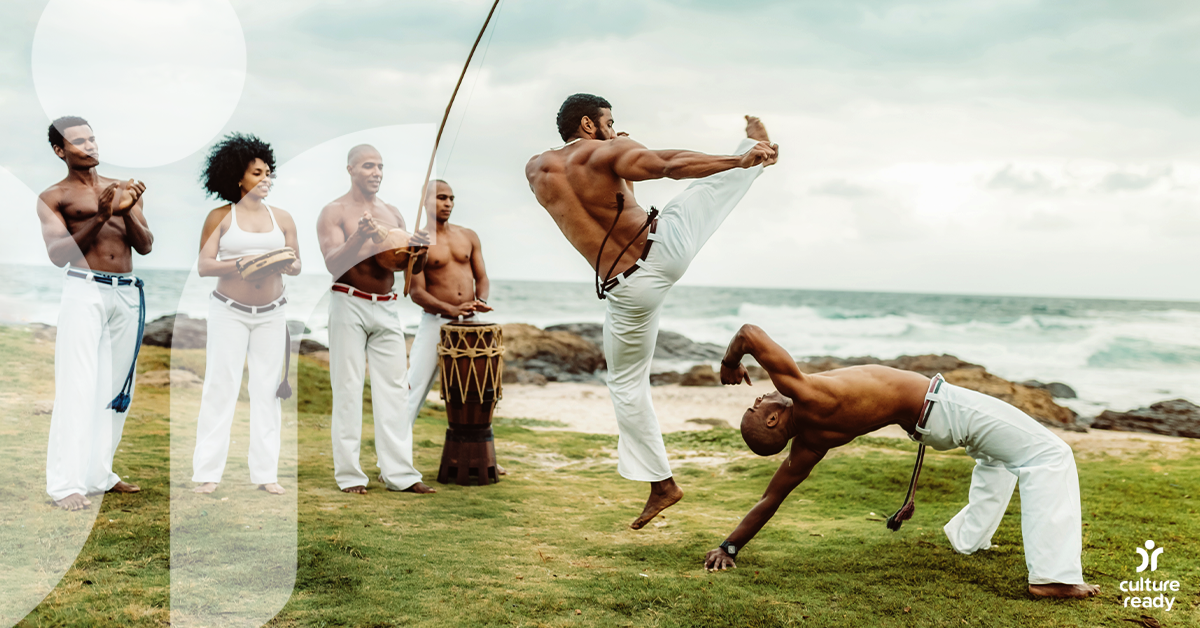Martial Art Form or Dance? —The History of Capoeira
Developed by African slaves in Brazil in the 16th century, capoeira is a martial art that brings together elements of dance, music, and acrobatics. Slaves were prohibited from practicing martial arts and celebrating their culture on the plantations. Disguising it as a dance, they practiced capoeira as a way to escape the bonds of slavery.
Through armed revolt or other means, many slaves managed to escape and formed independent communities in the rainforest known as quilombos. There they could freely practice and preserve their cultural traditions. Historians believe that these villages used capoeira as a principal means of defense against their Portuguese oppressors.
During the 17th and 18th centuries, rapid urbanization brought communities of slaves to the cities where capoeira became a popular form of entertainment. The martial art was also used as a means of survival for veterans of the Paraguayan War (1864-1870) and refugees from destroyed quilombos.
After the abolishment of slavery in 1888, urban centers saw widespread poverty and a rise in crime. Criminals and warlords started using capoeiristas—those who practiced capoeira—as bodyguards and hitmen, resulting in a nationwide ban of the martial art.
It wasn’t until the 1930s that capoeira regained its dignity and place in Brazilian culture. Salvador do Bahia was one of the last cities where the martial art was practiced. One of its natives, Mestre (Master) Bimba, developed the first systematic training method for the martial art.
He called his style Luta Regional Baiana (regional fight from Bahia), which emphasized movement technique and the elements of dance. In 1937, with permission from the government, he opened the first capoeira school. Just three years later, the government lifted its ban on capoeira.
But despite the popularity of Luta Regional, there were still many practitioners of traditional capoeira known as Capoeira Angola. The Centro Esportivo de Capoeira Angola was founded by Mestre Pastinha in 1941.
Soon capoeira schools began sprouting up in other Brazilian cities like Rio de Janeiro and São Paolo. By the 1970s, mestres had opened schools in New York City and many other cities around the world, and capoeira became an international phenomenon.
